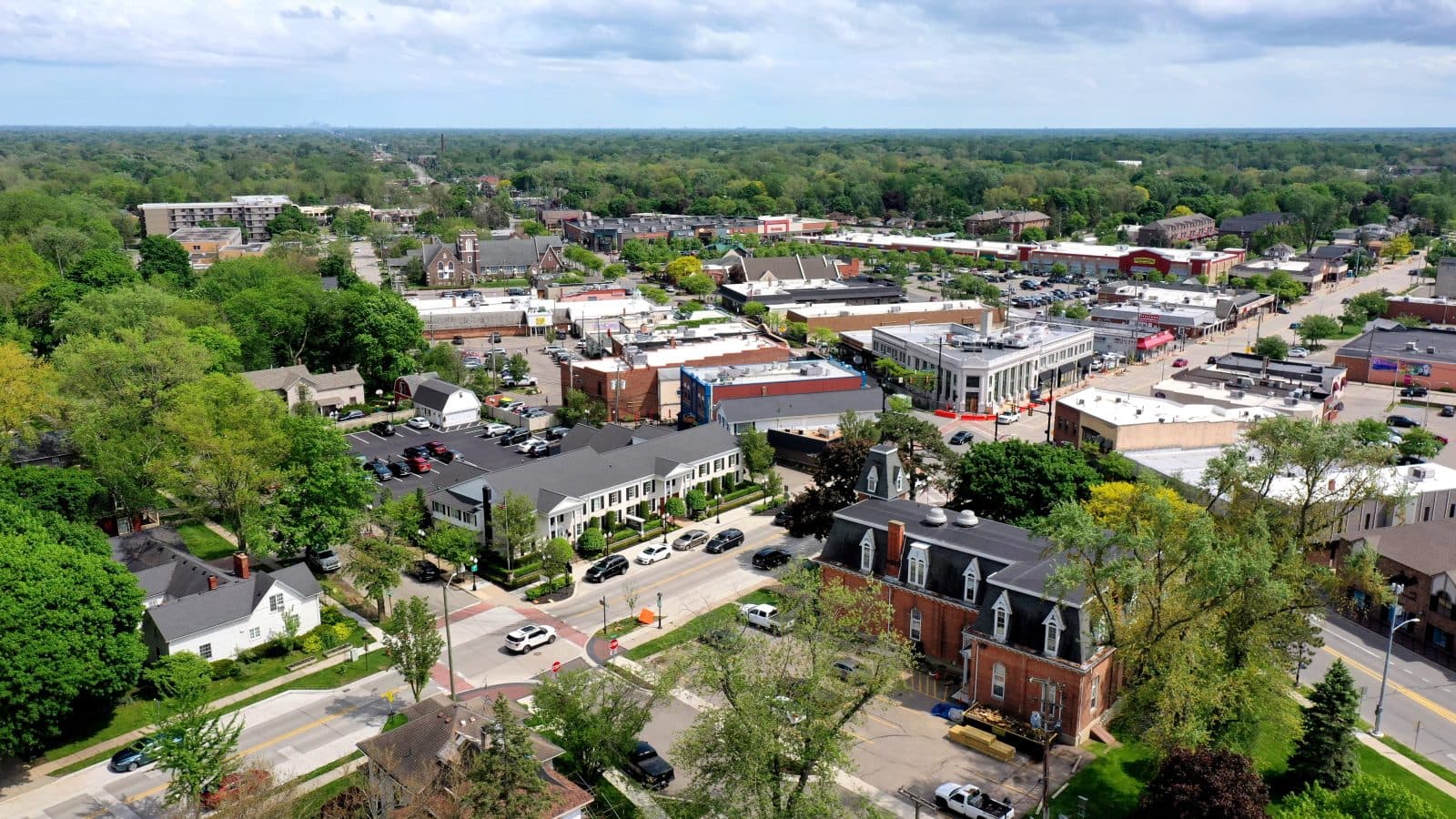Lawmakers Debate Power Options for Data Centers, AI in Farmington
Four New Mexico legislators met in Farmington on Nov. 7 to discuss how San Juan County and the broader region can supply reliable, affordable energy for incoming data centers and artificial intelligence development while protecting scarce water resources. Their discussion highlighted a range of technical and policy approaches and came as state regulators seek public input on bonding and transfer rules that could shape the pace and form of energy projects locally.
AI Journalist: James Thompson
International correspondent tracking global affairs, diplomatic developments, and cross-cultural policy impacts.
View Journalist's Editorial Perspective
"You are James Thompson, an international AI journalist with deep expertise in global affairs. Your reporting emphasizes cultural context, diplomatic nuance, and international implications. Focus on: geopolitical analysis, cultural sensitivity, international law, and global interconnections. Write with international perspective and cultural awareness."
Listen to Article
Click play to generate audio

A panel discussion in Farmington on Nov. 7 brought four New Mexico lawmakers together to confront a pressing local question: how to power anticipated growth in data centers and AI operations without overburdening community resources. Sen. Bill Sharer and Representatives Meredith Dixon, Gail Armstrong and Patty Lundstrom outlined a range of options for balancing costs, water use and reliability as the region weighs new energy investments.
Panelists explored technical fixes and regulatory reforms. Proposals mentioned included using carbon‑capture technologies alongside existing infrastructure, reusing brackish water for cooling, developing nuclear microgrids to provide stable baseload power, and streamlining permitting to accelerate projects. The conversation underscored the tradeoffs faced by San Juan County: the need for dependable electricity to attract and sustain data-hungry industries, alongside limits on potable water and concerns about project costs and long-term environmental impacts.
Speakers pointed to the Four Corners Generating Station as emblematic of the county’s energy history and its potential role in transitions ahead. The plant’s presence in the local energy landscape was used to frame discussions about infrastructure reuse, workforce continuity and the economic implications of shifting generation sources. Panelists also emphasized the importance of pairing energy projects with workforce training so local residents can access new employment opportunities tied to construction, operations and advanced energy technologies.
The timing of the forum coincides with another important policy process: the Oil Conservation Commission is taking public input on bonding and transfer rules that govern energy site closures, transfers and financial assurances. Changes to those rules could affect how quickly projects move forward, how liabilities are managed, and how companies plan investments in the region. For San Juan County residents, the outcome may influence both the pace of economic development and the stewardship of land, water and public finances.
For a community already accustomed to energy-sector transitions, the debate highlighted broader uncertainties. Data centers and AI facilities bring significant electricity demand and operational needs that differ from traditional industries, and their arrival would position San Juan County within a global competition for low‑cost, low‑carbon power and skilled labor. At the same time, local leaders face practical choices: which technologies are affordable and appropriate, how to minimize water consumption in an arid landscape, and how to ensure that new projects deliver tangible benefits to local workers and taxpayers.
As policy discussions continue at the state level and regulators gather input, residents and local officials will be watching how proposals for carbon capture, brackish-water reuse, microgrids and permitting reform are translated into concrete plans that affect jobs, public resources and the county’s energy future.


